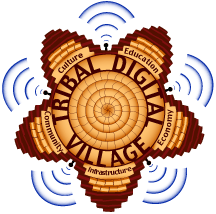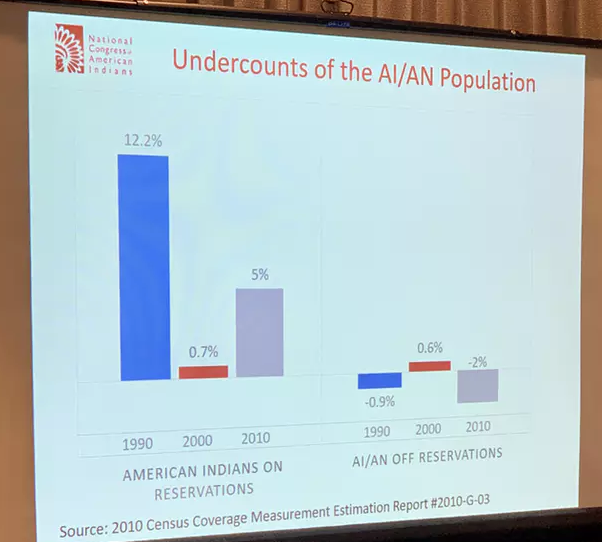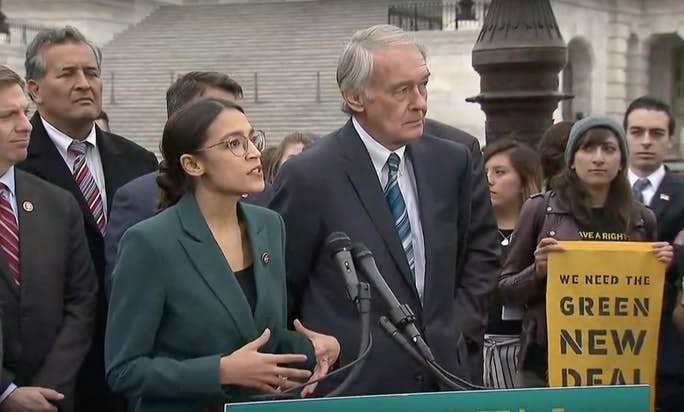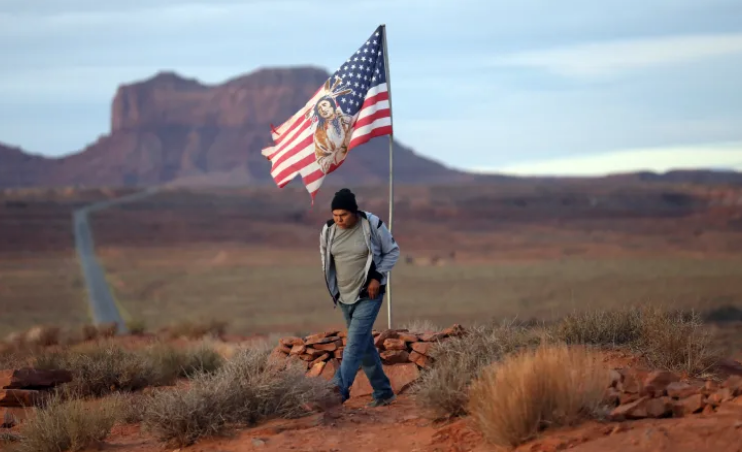Investing in Indigenous Connectivity Is an Investment in Our Future Online
By Mark Buell Regional Bureau Director, North America
There’s one New Year’s resolution we can bank on to improve the health and livelihoods of millions of people across North America this year, and it doesn’t involve buying into health fads or gadgets.
The newly-released 2018 Indigenous Connectivity Summit (ICS) Community Report shows a strong correlation between Indigenous connectivity and the well-being and sustainability of rural and remote Indigenous communities, especially when solutions are local.
The report summarizes outcomes of the 2018 Indigenous Connectivity Summit that brought nearly 140 Indigenous leaders, policy makers, network operators, and community members to the Arctic community of Inuvik, NT last October.
Like most New Year’s resolutions, connectivity solutions are neither quick nor cheap. This is especially true in northern rural and remote regions of the U.S. and Canada with geographic hurdles that make it hard for Internet service providers to achieve economies of scale.
It’s one of the main reasons today in 2019, millions of people across North America – yes, millions – still don’t have access to reliable broadband Internet.
Last October, the Federation of Canadian Municipalities called on the federal government to invest $4 billion over ten years to connect all Canadians to the Canadian Radio-television and Communications Commission’s universal service target of 50Mbps/10Mbps.
Yes, that’s a big ask – but investments such as these are both critical and doable. We faced similar and arguably larger barriers when building the railroad and highway systems that have been integral to the health and success of our nations and economies.
As digital citizens, it’s our turn to finish paving the communications infrastructure that is no longer a nice-to-have, but crucial to the self-determination and competitiveness of individuals, communities, and countries everywhere.
While there have been several initiatives to help promote universal broadband in both Canada and the U.S., it’s up to all of us to urge our governments, policymakers, and corporations to make bigger and bolder investments to cover the real cost of ensuring Indigenous voices are part of our digital future.
Nation building costs a lot of money, but making sure that every household in North America can connect to the opportunities the Internet offers is worth it. The more we invest into empowering underserved areas with the tools to contribute in our digital spaces, the better the return for everyone.
To truly close the digital divide, we need to aim for infrastructure solutions to make sure rural and remote Indigenous communities can keep up to a rapidly changing world of communications technology and products requiring speeds 100 to 1,000 times faster than what our best-connected regions already get.
The ICS report features advice from Indigenous community network operators across North America who have successfully empowered people with fast, affordable, and reliable connectivity on their own terms.
If Canada got its wish for a federal investment of $4 billion over ten years towards connectivity solutions, it would go a long way towards empowering individuals and communities to bring more of these opportunities to light.
Luckily, there are solutions in all shapes and sizes. Community networks are “do it yourself” networks built by people for people. They’re being built all over the world, too. From rural and remote locations in India to the mountaintops of Tusheti, Georgia, community networks are great examples of how people can come together to build an Internet connection.
So how can we as digital citizens support more of these solutions? The 2018 ICS report has some useful recommendations:
- Ensure governments consult with Indigenous communities to develop universal connectivity strategies that benefit everyone.
- Build universal service strategies that include the flexibility to adapt to technological advances.
- Consider different technological solutions for different connectivity realities and challenges.
- Ask open questions about connectivity needs to avoid justifying a specific agenda.
- Demand open access to data from telecommunications companies that can help inspire solutions.
- Make funding opportunities accessible to all kinds of providers, large and small.
- Prioritize connectivity solutions to the hardest places to connect first.
- Encourage respect when developing solutions for service in tribal, treaty, and land claim areas.
- Consider different models of connectivity to best serve individual geographic locations.
- Free up more spectrum from companies who hold a license without using it.
The benefits of ensuring Indigenous voices are included online go beyond promoting the individual and economic health and well-being of our physical communities. It’s also critical to the infrastructure and integrity of the Internet.
The Internet connects people because of its open, distributed, and interoperable design.
It’s a network of voluntarily-connected networks created as a community for everyone. It works because everyone can contribute and only gets better when more of us are able to.
While it’s safe to predict this year’s Internet-based innovation will have a profound impact on our lives in 2019 and beyond, it’s hard to celebrate advancement if millions are still left behind.
Imagine what more could be possible if our governments invested in connecting the millions of other minds and cultural perspectives our countries have to offer. The possibilities are virtually infinite.
Keep an eye on our Indigenous Connectivity page for news and updates on the upcoming 2019 Indigenous Connectivity Summit.
Help build a digital future that puts people first. #SwitchItOn





Comments are closed here.